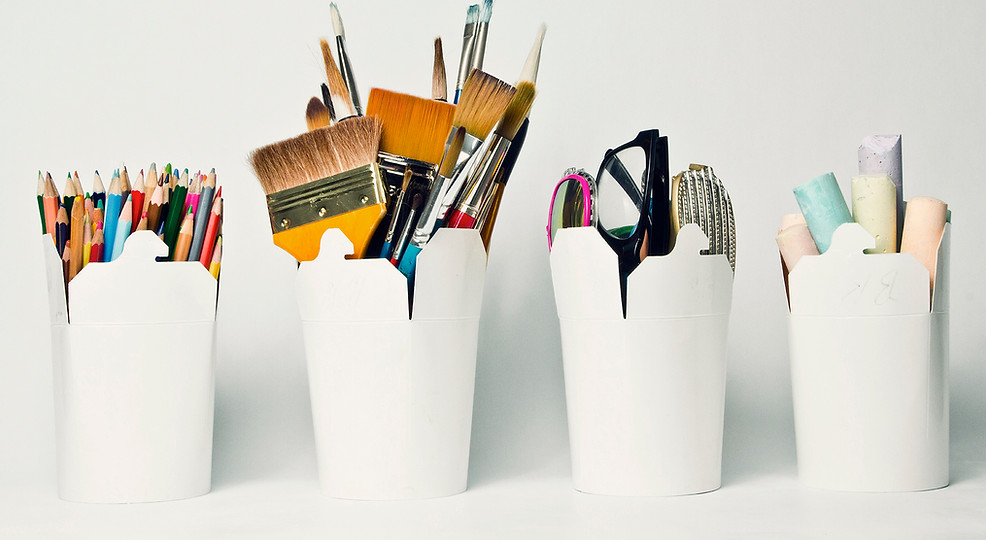Copyright Basics Pt. 1 - The Right of Reproduction
- copyrightforcrafte
- Jan 2, 2021
- 2 min read
Updated: Mar 14, 2021

If you have a copyright on a work, you are the proud owner of several rights that are exclusively yours. The reproduction right is probably the most well known of the bunch and allows the owner of a copyright to control the reproduction of their work. This means that, absent a defense such as fair use, only the owner of a copyright may copy a work or reproduce protectible elements from a work. But, what does this look like in real life? This is not an exhaustive list but a “reproduction” can include:
Using a copy machine to make a duplicate parts of a book;
Drawing, painting or sculpting a copyrighted work;
Covering a popular song;
Taking a photograph of a copyrighted item;
Copying a news article and pasting it somewhere else;
Snagging a photo off of Google and using it on your website;
Uploading music onto the Internet where others can access it;
Scanning a copyrighted work;
Burning a CD of popular songs for a loved one;
Screen capturing copyrighted works;
Installing software on your computer and a friend's computer;
Making a copyrighted piece of jewelry yourself.
Some items on this list may be surprising. I mean, I am dating myself with this reference, but I imagine no one who burns a CD of their favorite love songs for their special someone believes they may be violating copyright law. Or, if you copy a photo off of Google and use it in your personal scrapbook, I'm sure you do not feel like any laws have been broken. But, in the United States, there is no "personal use" exemption. Meaning, the law still applies even if you are not selling or otherwise distributing the material. Of course, In reality, there are often no real consequences for this conduct because the copyright owner is unlikely to ever know about it. But, I want you to have an idea of the spectrum of conduct that could run afoul of copyright law.
Copying can also be established if only parts of a copyrighted work are copied but those parts need to be protectible either on their own or in combination with other parts of the work. For instance, if I make a mixed media collage using the Mona Lisa as a focal point, assuming it is creative enough, I can obtain a copyright on that piece. But, the copyright would exclude the Mona Lisa portion because that image does not belong to me and is not protectible since its copyright has expired. As such, I cannot stop others from making their own collage using the Mona Lisa as long as they do not copy the other portions of my piece.
Similarly, if I create a label for a product using a certain set of fonts, I cannot prevent someone from using those same fonts on their item because fonts - the letter forms themselves - are not generally protectible under copyright law.
The Takeaway for Crafters:
If you have a copyrightable work, unless there is an exception such as fair use, you can exclude people from copying the work or protectible aspects of the work.

Comentarios